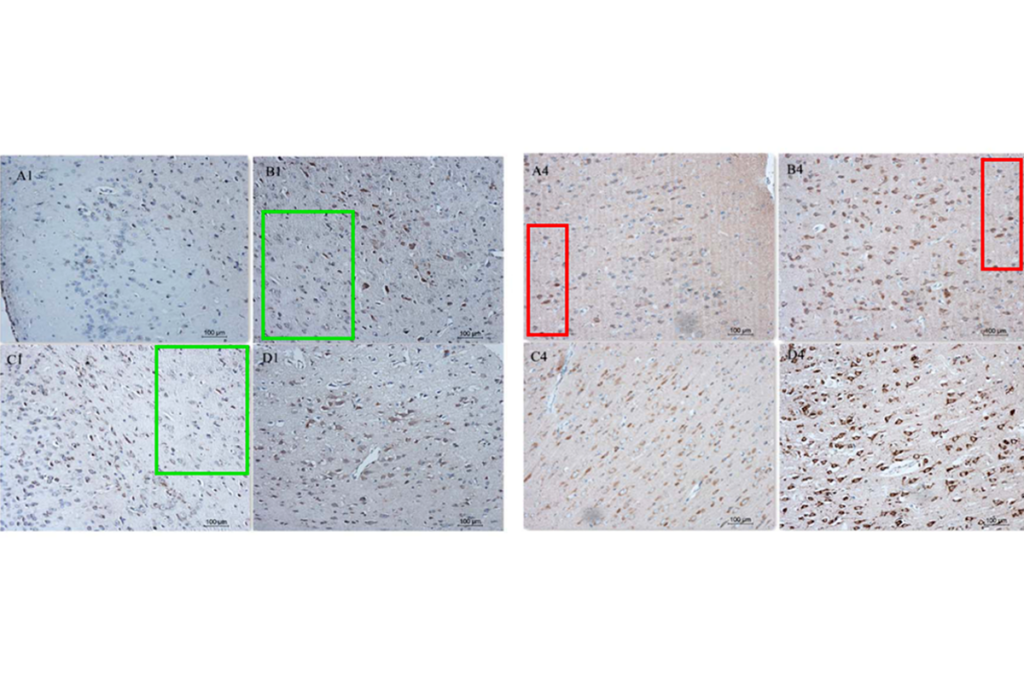Imaging reveals more folds, thicker cortex in autism brains
The brains of people with autism are structurally different from those of controls, with more folds and a thicker cortex in certain regions, according to two studies published in the past few months.
The brains of people with autism are structurally different from those of controls, with more folds and a thicker cortex in certain regions, according to two studies published in the past few months.
One study, led by Greg Wallace at the National Institute of Mental Health, found that adolescents and young men with autism have more folds, or gyri, than controls do1. The study, published 28 May in Brain, also suggests that as people age, they have fewer folds in their brains.
The researchers also found that a brain region associated with vocabulary has significantly more folds in controls with better vocabulary scores. However, this link is absent in people with autism.
In a study published in January in Research in Autism Spectrum Disorders, Evdokia Anagnostou and her colleagues linked more thickness in certain regions of the cortex with greater social impairment in people with autism2.
The participants in that study span a large age range, allowing the researchers to assess the cortex across different ages.
In typical development, the cortex thins over the lifespan. “What we are seeing in kids with autism is that they fail to thin appropriately,” says Anagnostou, assistant professor of pediatrics at the University of Toronto.
Scientists began measuring the thickness of the brain a decade ago. Before that, they could only compare volumes of brain structures using magnetic resonance imaging and other techniques. But volume is composed of multiple factors, such as thickness and surface area, which are difficult to tease apart unless they are measured separately.
Advances in software technology now allow researchers to measure these components individually. That’s important because each is regulated by a different set of genes and grows independently of the other, says Anagnostou.
Revealing scans:
For their study, Wallace and his colleagues scanned the brains of 41 boys and young men with high-functioning autism — defined as an intelligence quotient (IQ) of 85 or higher — and 39 controls matched for age, IQ and handedness. Both groups were between the ages of 12 and 24 years.
The researchers saw more folds in three areas in the brains of people with autism compared with controls. All three regions are at the back of the brain: the left lateral occipital cortex, right temporal-occipital cortex and left precuneus.
The researchers also found that a better vocabulary score is associated with more folding in the left inferior parietal cortex, a region known for its relationship with vocabulary. However, the brains of participants with autism do not show this association.
The results suggest that cognitive abilities disrupted in people with autism are related to differences in brain structure.
“They’re making the argument that once you get abnormalities in gyrification, the normal association between vocabulary performance and gyrification goes away,” Anagnostou says.
However, the study is small and did not include females or people with low IQs, she notes.
She and her colleagues looked at a different aspect of brain structure — thickness of the cortex — in 28 people with autism and 25 controls, all ranging in age from 7 to 39 years.
They found that several regions of the cortex, including the frontal cortex, the superior parietal lobules and the superior temporal gyrus, are thicker in the brains of those with autism than in controls.
“This further highlights the frontal, temporal and parietal regions as being important for autism,” says Armin Raznahan, staff scientist at the Child Psychiatry Branch of the National Institute of Mental Health, who was not involved in either new study. “Their findings add strength to the idea that autism is accompanied by abnormal brain maturation that extends beyond the first few years of life.”
The study also shows that differences in cortical thickness may begin early in life, and points to which areas and ages researchers should look at next, adds Cynthia Schumann, assistant professor of psychiatry and behavioral sciences at the University of California, Davis MIND Institute, who was not involved in the studies.
The researchers looked at a single point in time, but the age range allowed them to make some observations about the relationship between age and cortical thickness.
For example, although the cortex in both people with autism and controls thins with age, they saw that among people with autism, only the inferior frontal gyrus, the inferior temporal gyrus and the posterior cingulate gyrus are significantly thinner with increasing age.
“You still see some cortical thinning, but it is much less than in the typically developing group,” Anagnostou says.
The researchers then looked at several regions involved in social behavior and communication, including the anterior cingulate cortex and the fusiform gyrus.
They found that a thicker rostral anterior cingulate cortex and a thinner orbital frontal cortex are both associated with social impairment.
“At this point it’s hard to interpret,” says Anagnostou. “It’s intriguing, if it’s real.”
References:
1: Wallace G.L. et al. Brain 36, 1956-1967 (2013) PubMed
2: Doyle-Thomas K.A. et al. Res. Autism Spectr. Disord. 7, 141-150 (2013) PubMed
Recommended reading

Ramping up cortical activity in early life sparks autism-like behaviors in mice
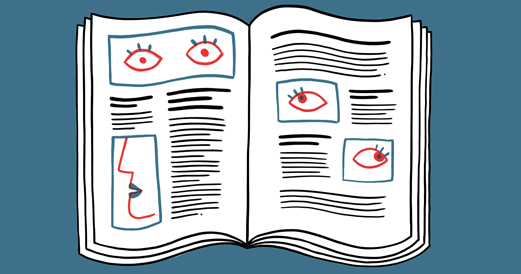
New method identifies two-hit genetic variation in autism; and more
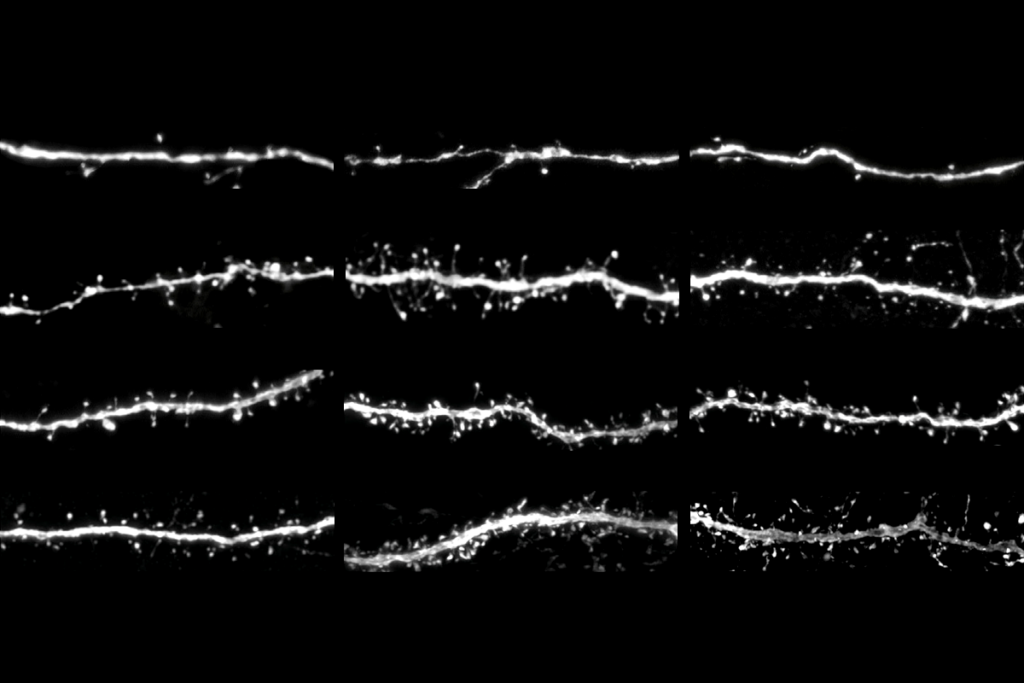
Protein tug-of-war controls pace of synaptic development, sets human brains apart
Explore more from The Transmitter
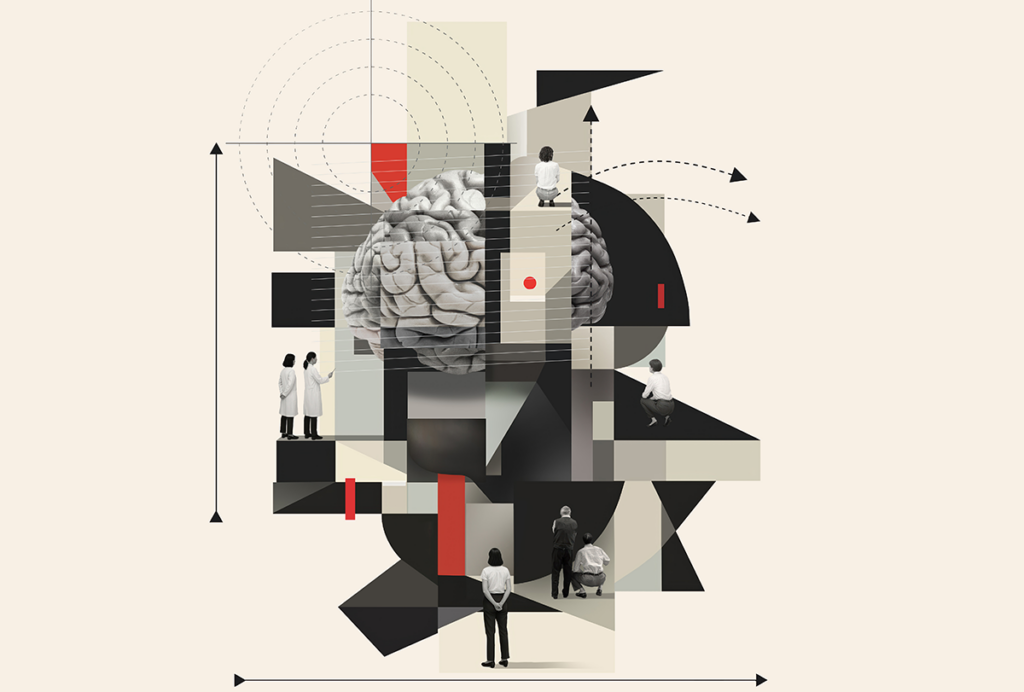
Neuroscience needs engineers—for more reasons than you think
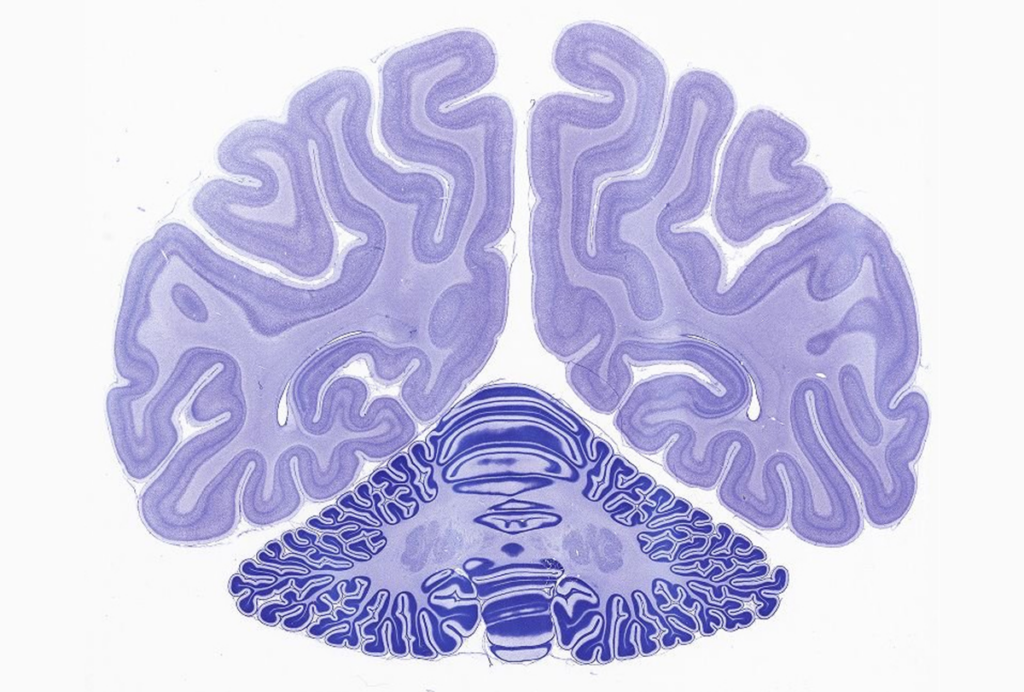
Nonhuman primate research to lose federal funding at major European facility
